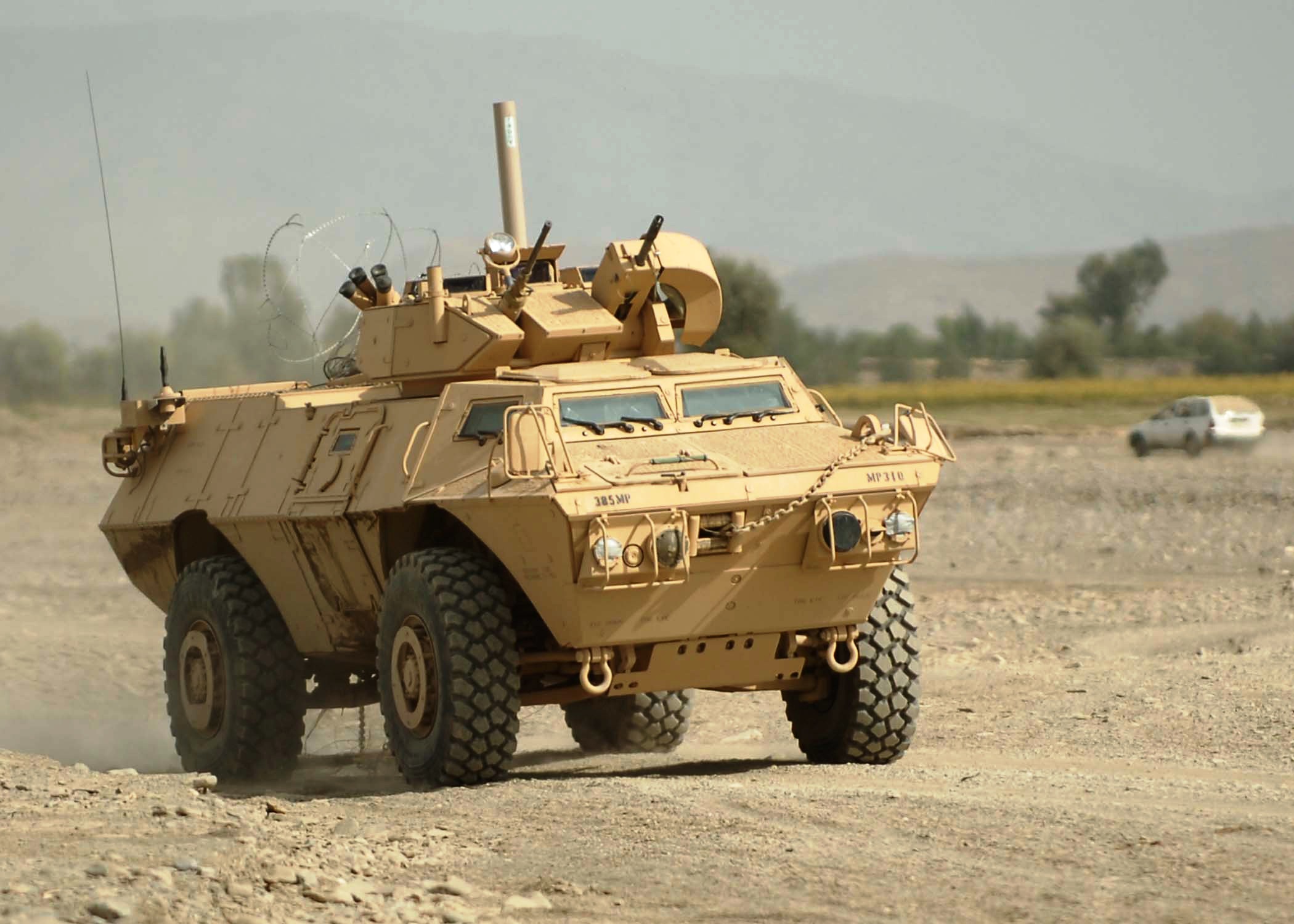cross posting
http://www.livemint.com/2009/04/21003751/India-to-have-its-own-liquid-t.html
India to have its own liquid telescope
Scientents say the telescope will cost only one-hundredth of its mirrored equivalent and is easier to maintain
Jacob P. Koshy
New Delhi: For a small town, Devasthal has astronomical ambitions.
Next year, the town in Uttarakhand will host a unique telescope, only among a handful of its kind in the world, that uses a big, spinning bowl of liquid—and not the usual glass mirrors—to focus light from celestial objects.
The telescope, with its 4m wide dish, will cost only one-hundredth of its equivalent-sized glass-mirrored counterpart, and is much easier to maintain, say scientists associated with the project, making it a potential candidate for futuristic space and lunar observatories.
Far-sighted: A file photo of a 6m diameter liquid mirror telescope at the University of British Columbia (UBC) in Vancouver, Canada. The liquid mirror telescope at Devasthal, Uttarakhand is modelled on this telescope. Paul Hickson (UBC) / Nasa
The International Liquid Mirror Telescope (ILMT), as it is called, is part of an agreement between the University of Belgium and the Aryabhatta Research Institute of Observational Sciences (ARIES), an autonomous organization funded by the Centre’s department of science and technology.
“We will not be really involved in the construction and such,” said Ram Sagar, director of ARIES, “We will be handling the operations and maintenance part of it.”
Sagar said the telescope would not cost more than Rs1.5 crore. “The glass mirror equivalent would be anywhere near Rs150 crore,” he added.
Like in a camera, the primary dish in a telescope collects light from a source and focuses it to a point. From here, a complex arrangement of lenses magnifies the image for the human eye.
The bigger the primary mirror, greater the chances of catching light, and therefore, “seeing” a distant, elusive celestial body. However, such mirrors are extremely expensive to make. Polishing their surfaces and chiselling them to a parabola (the most effective geometric shape for focusing light) are what adds to the cost.
In ILMT, mercury is filled in a parabolic dish, which is rotated at a constant speed.
That a liquid spun in a container naturally acquires a parabolic shape has been known to physicists since centuries.
But Isaac Newton, who is credited with the design of the modern reflector telescope, and knew this property of liquids, didn’t have electric motors and charge-coupled devices (CCD), for making such a telescope.
An electric motor turns the dish in ILMT and a CCD—like in digital cameras—allows you to take pictures without a photographic film.
Sagar said that mercury is the most popularly used liquid for such mirrors. “It’s a highly reflective liquid, can peer as far into the sky as its mirror-equivalent and the images are as clear,” he added.
However, because the mercury can spill, the telescope can only look straight up and cannot be rotated like the mirror telescopes.
“So, you may have to have a series of these telescopes to increase the collection area. You can have 20-30 such telescopes instead of the rotating ones,” said Sagar.
Ravi Subramanhyan, director at the Raman Research Institute in Bangalore founded by late Nobel laureate C.V. Raman, said that such a telescope would be a boost to Indian astronomy.
“This, and another 3.6m dish telescope being built in the same spot, would be among the largest optical telescopes in India. That would draw more collaborative efforts among scientists in India, as well as abroad,” he said.
India and Belgium are collaborating on a 3.6m dish telescope, which promises to be the biggest optical telescope in India. “Since we were anyway building this telescope, the Belgian scientists requested that we host the liquid mirror one, too,” said Sagar, “so that’s how this telescope is being built here.”
With several lunar missions proposed by the US, China and even India, and the discovery of a class of liquids, called ionic fluids, that have mercury’s reflective properties, but don’t freeze in the moon’s harsh winters, liquid mirror telescopes are slowly becoming more than an academic exercise.
The National Aeronautics and Space Administration (Nasa), the US space agency, last year commissioned a research project to develop liquid mirror telescopes for lunar observatories.
Lunar observatories are useful, in that there’s a much greater chance of telescopes catching radiation from undetected, unknown bodies. That’s because the moon doesn’t have an atmosphere, which on earth prevents a wide range of radiation from reaching land-based telescopes.
[email protected]



